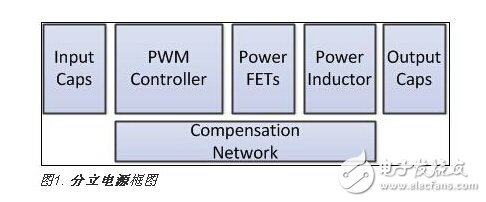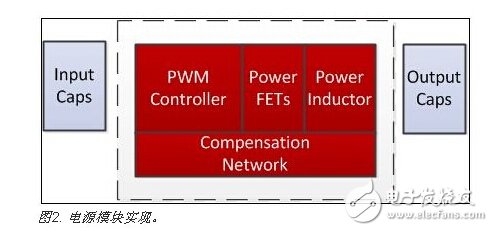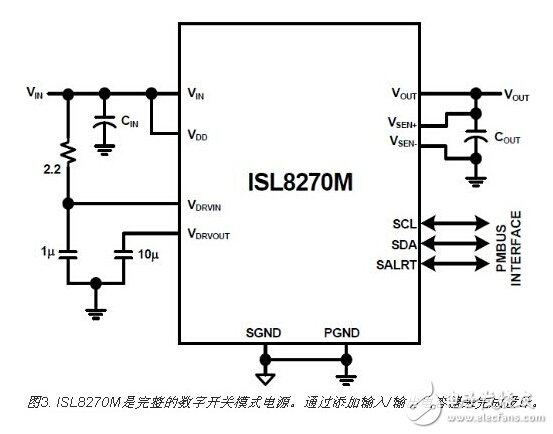The design begins with proof of concept implemented on the FPGA, and now it is time to create power. An isolated power module provides 12V power to power advanced ASICs, microcontrollers, FPGAs, and a variety of other components. As always, these components are actually filled with board space, providing sufficient power, stability, thermal performance, low noise, and reliability to challenge the laws of physics.
Due to the high current requirements of ASICs, microcontrollers and FPGAs, you can use discrete component-based power supplies (a discrete and integrated combination) or module-based solutions. When the solution size and shape are fixed, the trade-off between cost, design effort, and performance is a condition that must be considered. However, when FPGA and microcode options are still unknown and are likely to change before the last minute, time becomes a critical factor and unforeseen development delays can occur.
When you use discrete components to design your power supply, when you think about all the components you need to consider, you quickly realize the value that power modules can provide. Under a discrete approach, it takes time to pick the right PWM controller, FET, inductor, compensation scheme, and other supporting components to make the design cycle longer.

In addition, the time required to properly route a board, as well as the ongoing component procurement cost and time, are all important reasons why a power module can bring significant benefits to designing your power solution.
Due to system design requirements, board space constraints, and your conceptual nature, you decide that your project should use a module-based solution. The power module provides a fully integrated DC/DC regulator. This means that the controller, FET, inductor, and compensation circuitry are all contained within a single package. The module can be analog, digitally encapsulated analog or purely digital.

For your design, you decide to choose the ISL8270M digital DC/DC power module. The module provides 25A continuous output current without the need for a fan or heat sink. Thermally enhanced high density array (HAD) modules are capable of dissipating heat directly into the board. The module's ChargeMode digital control responds to transient loads in a single switching cycle without compensation. It also minimizes the output capacitance to increase the density of the design. Features like ChargeMode keep the design stable, regardless of temperature or output capacitance and load.

The pin strap mode allows for quick changes to the pre-programmed configuration. For this power module, a graphical user interface (GUI) design tool called PowerNavigator is used to simplify setup and configuration. This tool makes it easy to change the features and functions of a digital power supply design without having to write a single line of code to ensure that the design can be completed by the deadline of one week!
The concept of design proves to be a challenge for power supply design engineers. Without strong nerves, it is impossible. Endless obstacles can occur when system power changes, such as voltage variations due to errors and performance improvements, or due to miscalculations and constantly changing current variations of FPGAs and microcontrollers. For power supply design engineers, these changes mean further density and thermal considerations, but in the worst case, this means a daunting compensation network recalculation. Using the ChargeMode feature of the digital power module, you can leave your calculations, slides, high-end calculators and no longer worry about using smartphones for technical support.
Closed impellers have a back and front wall around the vanes, to increase strength. Closed impellers are used primarily in larger pumps and can be used in applications that handle suspended-solid service.
These types of impellers are commonly found in clear liquid applications. They don't do well with solids and are difficult to clean if they become clogged.
Still not sure which impeller will be best for your next pumping application? Be sure to check wtih an application engineer who is well versed in pumps and selection best practices.
Closed Impeller,Closed Impeller Design,Closed Impeller Pump,Semi Closed Impeller
Shenyang Zhicheng Heavy Machinery Manufacturing Co., Ltd. , https://www.zhichengmachinery.com